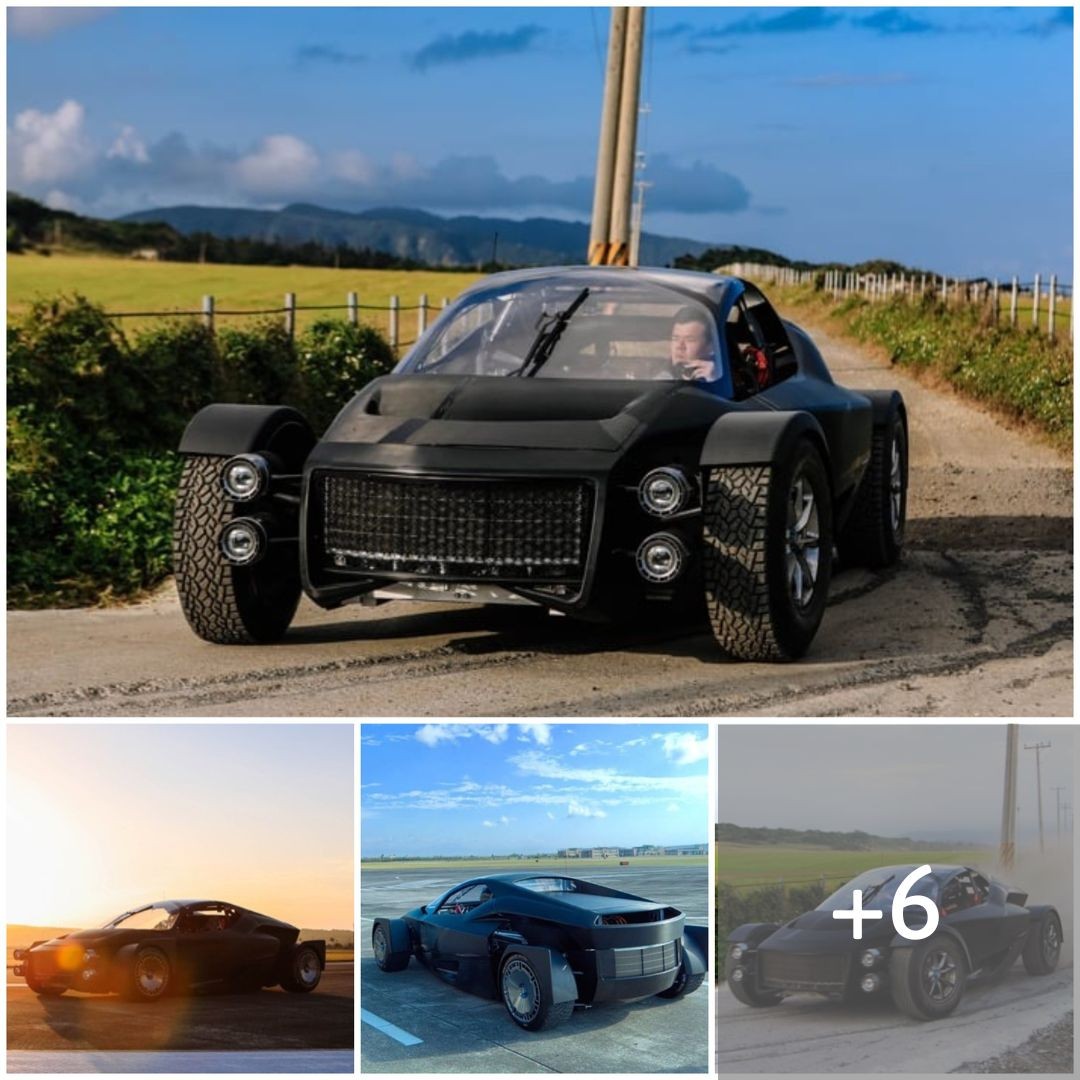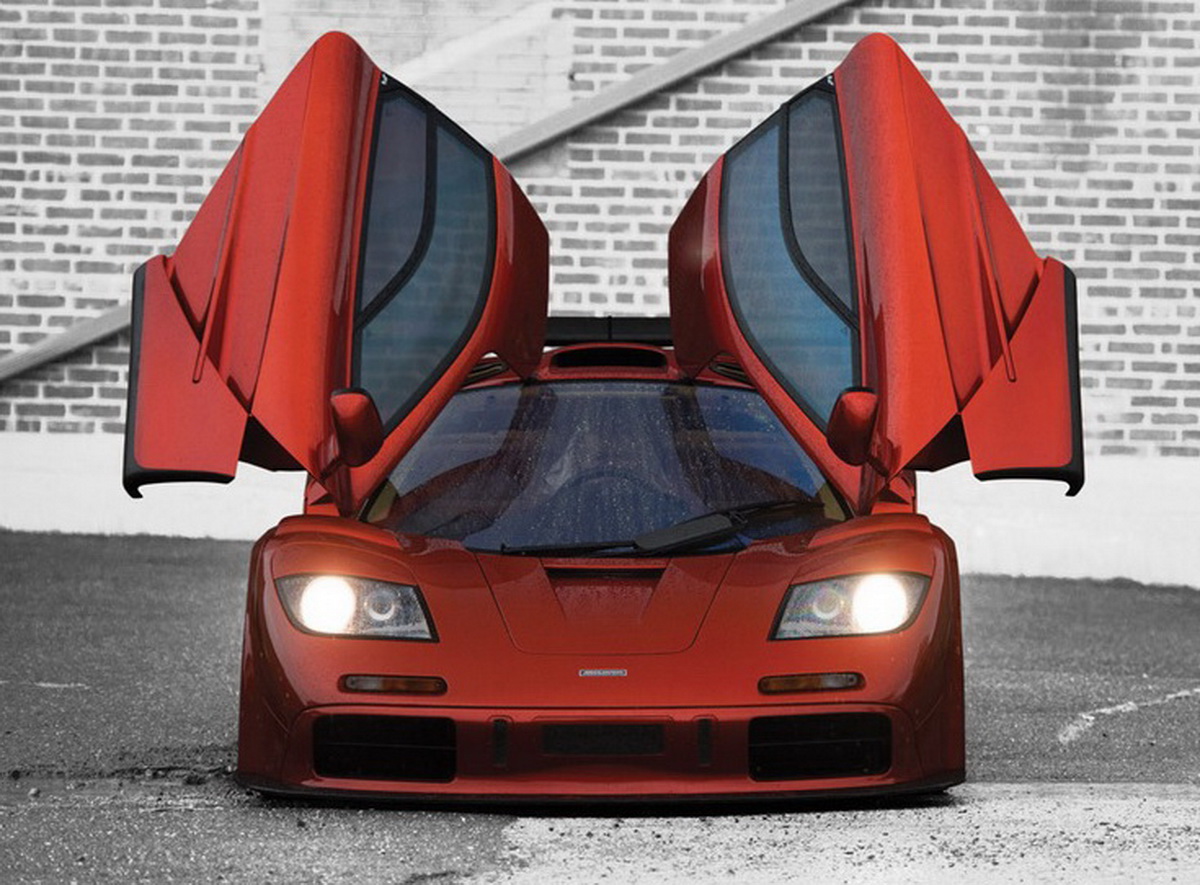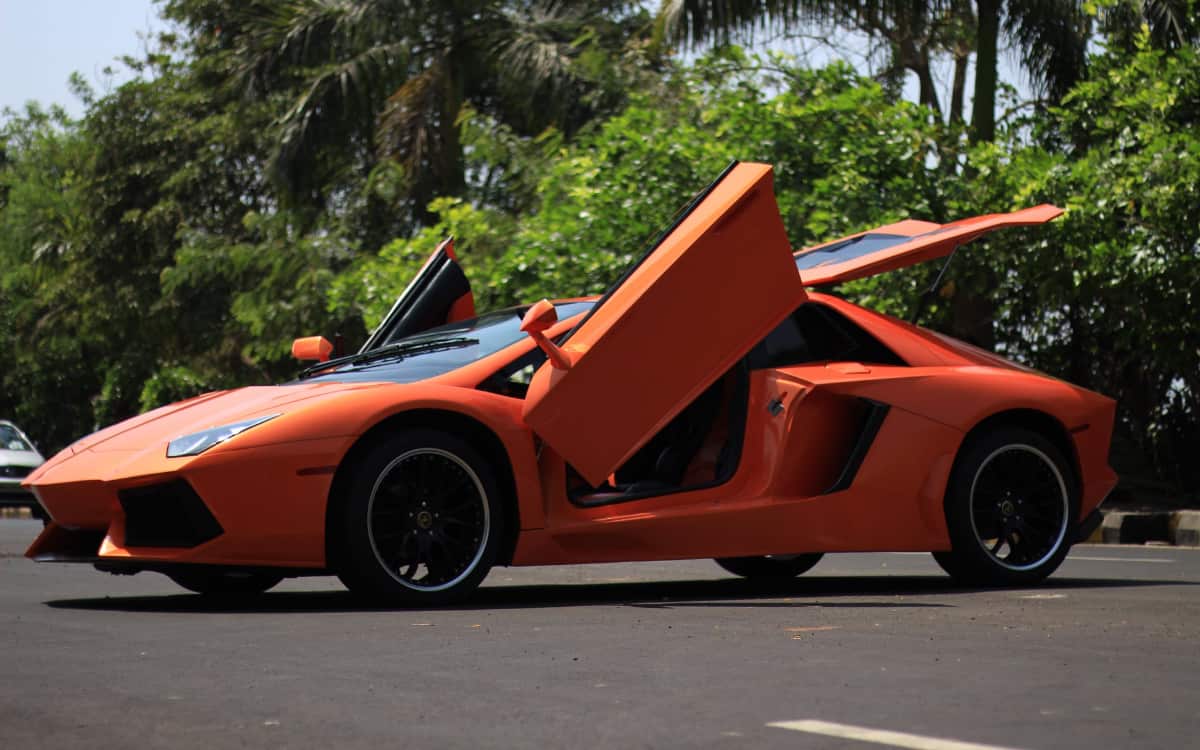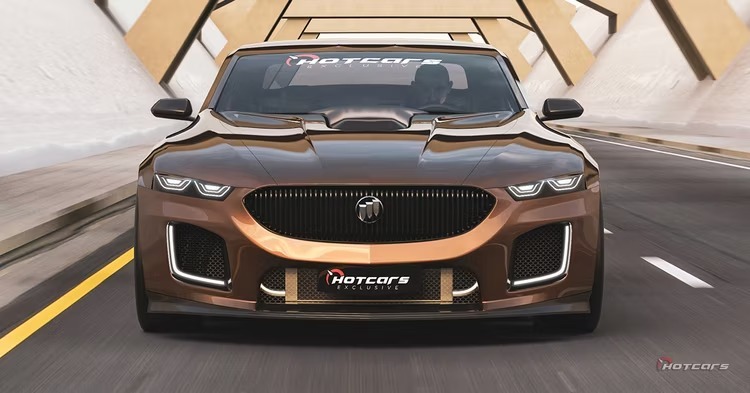
While electric cars, e-fuels, and hydrogen are dominating the current discussion around alternative drive systems, many people forget that other options have been explored in the past.
In the years after World War 2, for instance, some automakers focused on developing turbine drives inspired by the jet engines used in aircraft during the war. One of the enthusiasts was Dante Giacosa, the technical director at Fiat, who started work on a car with a turbine engine in the late 1940s. While Fiat’s aviation department already had experience with gas turbines, using them in automobiles was a completely new idea.

300 hp at 22,000 rpm
Giacosa and his team realized relatively quickly that the turbines available on the market from the aviation industry were unsuitable for cars. Their dimensions were too large and they weighed too much. Together with his designers Vittorio Bellicardi and Oscar Montabone, Giacosa therefore developed a new, smaller gas turbine.
It had three combustion chambers and a two-stage compressor. Aircraft kerosene was envisaged as the fuel. At 22,000 rpm, around 300 hp was to be available. For the early 1950s, this was a remarkable performance figure. To show off the new drive technology in the best possible light, a beautiful sports car was created. The turbine was located directly behind the cockpit, which was designed for two people. Like a fighter jet, its exhaust gases flowed into a large central exhaust pipe. The rear fenders were adorned with tail fins typical of the era.

Exhibit without propulsion
The body design of the Fiat Turbina was a perfect reflection of its time and was created with the help of Politecnico di Torino in a wind tunnel. The car’s 1:5 scale model was able to achieve a remarkable drag coefficient of only 0.14. The car was first tested on the rooftop of the Fiat factory in Lingotto on April 14, 1954, and was showcased to the public nine days later at Turin-Caselle airport before it was presented at the Turin Motor Show.
Unfortunately, the car experienced several issues during various test drives, such as high fuel consumption and overheating problems with the turbine. As a result, Fiat ended the project. Today, the Fiat Turbina is on display at the Museo Nazionale dell’Automobile in Turin as a driveless exhibit. The original type 8001 turbine is now part of the collection of the Centro Storico Fiat.






